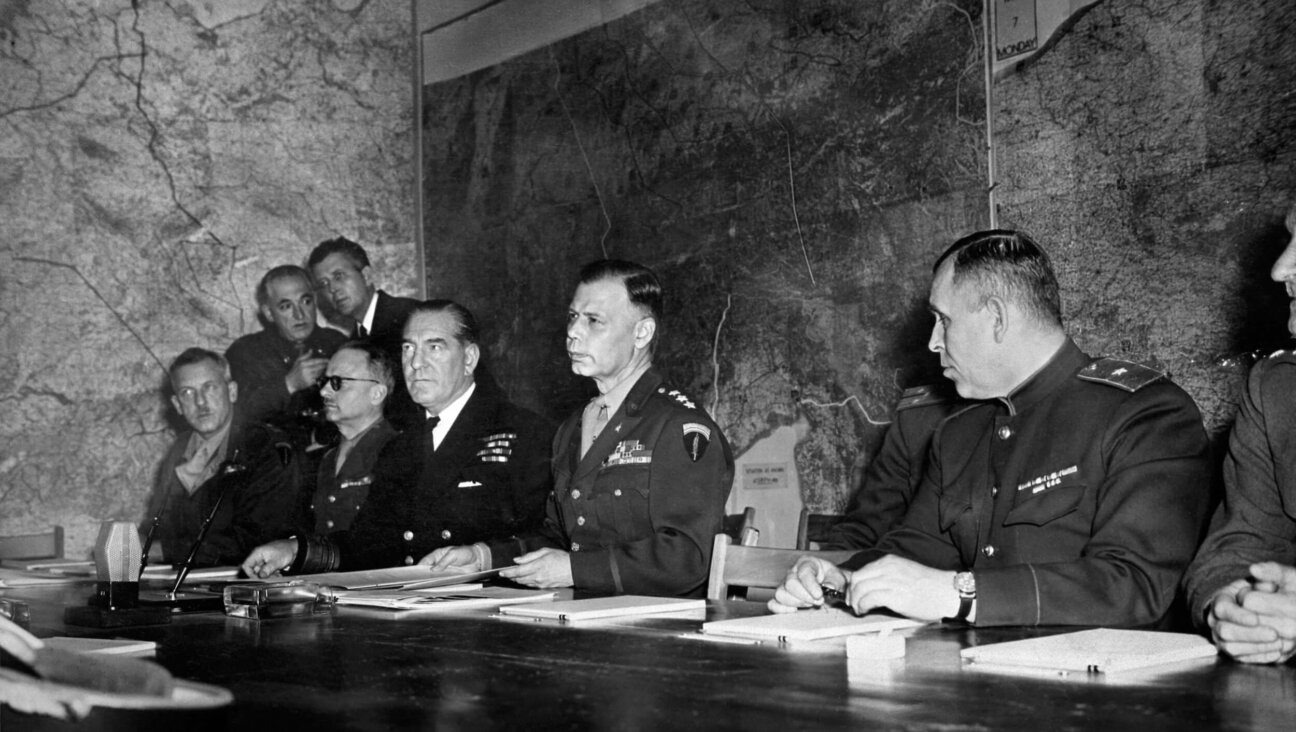Opening Our Tent
Intermarriage has taken center stage this past year. The marriage of Chelsea Clinton and Marc Mezvkinsky spurred a national conversation about intermarriage. The Rotem bill roiled Israel-Diaspora relations, sparking considerable debate over conversion policy and the question of how to incorporate the hundreds of thousands of Israelis from intermarried families into the Jewish people. Even “The Simpsons” weighed in when Krusty the Clown married a non-Jew.
Once upon a time, intermarriage usually meant shedding one’s Jewish identity. Thus, when the 1990 National Jewish Population Survey was released and reported an intermarriage rate of more than 50%, the immediate response was panic, with the Jewish community asking, “How do we keep our children Jewish?” What this question really meant was “How do we convince our children to marry Jews?” Jewish continuity became a new buzzword, and instead of focusing on providing Jewish substance for our disengaged community, we busied ourselves on how to convince Jewish girls and Jewish boys to marry one another.
And what fruit have those efforts borne? On North American college campuses today, some 50% of self-identified Jewish students have only one Jewish parent. If we are to make any headway in engaging this generation, we can no longer tell these young people that the decision their parents made when they fell in love and married was wrong.
In an open society, people of different backgrounds will meet and fall in love. Our community can’t stake its future on telling young people whom they should or should not marry. The goal of outreach work should not be convincing Jews why they should marry other Jews. Outreach work should instead be about making Judaism relevant and providing substantive educational opportunities.
Intermarriage today can even be an opportunity for a stronger embrace of Jewish identity. A personal example I can share is the story of my nephew, who was born Jewish but possessed little knowledge of Judaism. He became engaged to a non-Jew, and when his fiancée decided to convert, he decided to join her in study. In the old paradigm, the community would have lost one uneducated Jew; instead, it has gained a Jewish family.
My recent travels to communities throughout North America further validated my belief in the importance of outreach. As I discussed the themes of my recent book, “Hope, Not Fear,” the message of an embracing Jewish community resonated deeply with the audiences. What came as a surprise to me was the number of parents and grandparents in every city who greeted me, asked me to sign books for their loved ones and said, “This is for my daughter-in-law, or son-in-law, who isn’t Jewish, but is raising my grandchildren as Jews.”
Jews in these cities recognize intermarriage as a fact of life that touches the vast majority of families in their communities, and they embraced the message that intermarriage is not a calamity but an opportunity for both a Jewish and non-Jewish partner to learn. The issues that these communities are struggling with — how to deal with intermarriage and create avenues for all Jews to feel welcome and connected — are the issues that will determine the future of Judaism in America.
Jewish leadership needs to support all Jews, all Jewish families and the growing Jewish communities they are creating with a national agenda of openness. In doing so, we return to the ethos of our forebear Abraham.
Abraham’s tent, according to rabbinic tradition, was open on all sides to welcome travelers coming from all directions. Genesis 18 describes how Abraham warmly greets three strangers who have arrived at his tent. Though Abraham eventually learns that these strangers are angels, he is unaware of their identities when he invites them in and bathes their feet, and when he and Sarah offer refreshments. He simply accepts them.
We must do more than open the doors to newcomers in the Jewish community: We must reach out to them.
Edgar M. Bronfman is president of the Samuel Bronfman Foundation and a former president of the World Jewish Congress. He is the author, with Beth Zasloff, of “Hope, Not Fear: A Path to Jewish Renaissance” (St. Martin’s Press, 2008).
The Forward is free to read, but it isn’t free to produce

I hope you appreciated this article. Before you go, I’d like to ask you to please support the Forward.
Now more than ever, American Jews need independent news they can trust, with reporting driven by truth, not ideology. We serve you, not any ideological agenda.
At a time when other newsrooms are closing or cutting back, the Forward has removed its paywall and invested additional resources to report on the ground from Israel and around the U.S. on the impact of the war, rising antisemitism and polarized discourse.
This is a great time to support independent Jewish journalism you rely on. Make a gift today!
— Rachel Fishman Feddersen, Publisher and CEO
Support our mission to tell the Jewish story fully and fairly.
Most Popular
- 1

Culture Cardinals are Catholic, not Jewish — so why do they all wear yarmulkes?
- 2

Fast Forward Ye debuts ‘Heil Hitler’ music video that includes a sample of a Hitler speech
- 3

News School Israel trip turns ‘terrifying’ for LA students attacked by Israeli teens
- 4

Fast Forward Student suspended for ‘F— the Jews’ video defends himself on antisemitic podcast
In Case You Missed It
-

Yiddish קאָנצערט לכּבֿוד דעם ייִדישן שרײַבער און רעדאַקטאָר באָריס סאַנדלערConcert honoring Yiddish writer and editor Boris Sandler
דער בעל־שׂימחה האָט יאָרן לאַנג געדינט ווי דער רעדאַקטאָר פֿונעם ייִדישן פֿאָרווערטס.
-

Fast Forward Trump’s new pick for surgeon general blames the Nazis for pesticides on our food
-

Fast Forward Jewish feud over Trump escalates with open letter in The New York Times
-

Fast Forward First American pope, Leo XIV, studied under a leader in Jewish-Catholic relations
-
Shop the Forward Store
100% of profits support our journalism
Republish This Story
Please read before republishing
We’re happy to make this story available to republish for free, unless it originated with JTA, Haaretz or another publication (as indicated on the article) and as long as you follow our guidelines.
You must comply with the following:
- Credit the Forward
- Retain our pixel
- Preserve our canonical link in Google search
- Add a noindex tag in Google search
See our full guidelines for more information, and this guide for detail about canonical URLs.
To republish, copy the HTML by clicking on the yellow button to the right; it includes our tracking pixel, all paragraph styles and hyperlinks, the author byline and credit to the Forward. It does not include images; to avoid copyright violations, you must add them manually, following our guidelines. Please email us at [email protected], subject line “republish,” with any questions or to let us know what stories you’re picking up.















